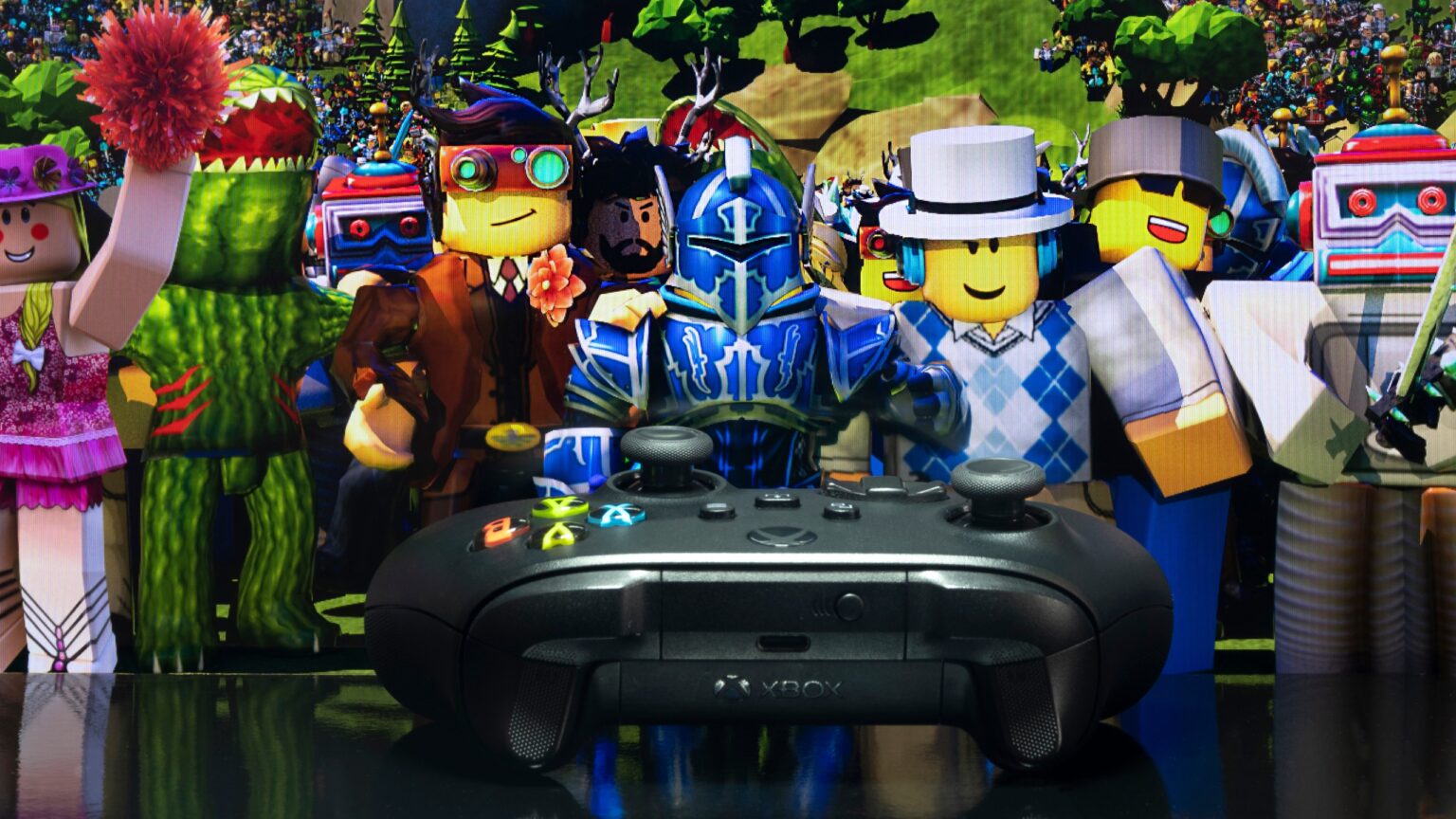Roblox’s recent report reveals a surprising trend among Gen Z users: a growing fascination with digital fashion. This shift towards virtual self-expression marks a significant departure from earlier perceptions of the metaverse as a fleeting trend.
Moreover, it offers valuable insights for brands aiming to connect with this demographic meaningfully.
The 2023 Digital Expression, Fashion & Beauty Trends from @Roblox is here 🎮
See key takeaways from the survey Roblox conducted of 1,545 Gen Z users:
▫️ 84% of Gen Z say their physical style has been inspired by their avatar's style
▫️ 50% of Gen Z are extremely likely to… https://t.co/A1ULu9SH7k— SYKY (@the_SYKY) November 9, 2023
Gen Z’s Digital Wardrobe: Reflecting Real-World Trends
Gen Z, particularly those aged 17 to 24, is rapidly becoming the most influential demographic on platforms like Roblox. This group’s digital behavior provides a window into their preferences and expectations. According to Roblox, there were 165 billion avatar updates and 1.65 billion digital fashion item purchases in just nine months—up 38% and 15%, respectively, from the previous year.
This morning, we announced our Q3 2023 financial results. Check out our full earnings report, including our Letter to Shareholders: https://t.co/vjtvoPJvkE pic.twitter.com/Sp5P5cJvYv
— Roblox (@Roblox) November 8, 2023
This trend isn’t just about adopting a single digital persona. Instead, it reveals a pattern of experimentation and frequent modification, extending to hairstyles and body types. For brands, these figures highlight an engaged community actively researching and purchasing virtual fashion daily.
However, the influence of digital fashion extends beyond the confines of virtual worlds. Gen Z’s digital style preferences are increasingly mirroring their real-world fashion choices. This crossover effect has even led to changes in physical hairstyles and a growing comfort with gender-fluid styles.
The digital-physical fashion Nexus
The interaction between virtual and physical fashion is becoming more pronounced. Around 84% of Gen Z users report that their real-world style choices are inspired by their digital avatars. This trend is not only a testament to the power of digital platforms in shaping fashion trends but also signifies a new era where the virtual and physical worlds merge.
The significance of digital fashion is further underscored by the willingness of users to invest in their avatars. Over half of Gen Z users are prepared to spend up to $10 monthly on digital attire, with a significant portion willing to invest even more. This expenditure reflects the growing importance of digital self-expression over physical styling for many users.
Strategic Insights for Brands
This new environment presents both difficulties and possibilities for companies. Furthermore, understanding and appealing to the preferences of the people is critical. Companies that have previously invested heavily in Roblox, such as Tommy Hilfiger, Gucci, Nike, and Ralph Lauren, enjoy the benefits of their brands’ digital recognition.
Moreover, “twinning”, offering digital items that mirror physical products, is gaining traction. This approach can bridge the gap between the virtual and real worlds, potentially influencing physical purchases through digital experiences.
"Our SYKY Collective designers @stephyfung and @PetLiger provide great examples of how "twinning" is gaining traction in the digital and physical worlds", said @the_SYKY CEO & Founder @AliceDelahunt during the 2023 @Roblox Trend Report panel.
SYKY Collective designer @PetLiger… pic.twitter.com/QfYgvuyaTN
— SYKY (@the_SYKY) November 9, 2023
The Roblox report suggests that Gen Z’s engagement in the metaverse is more than a passive experience. They seek active participation and influence in shaping their digital environment. This insight is crucial for brands aiming to stay relevant and engage effectively with this demographic.
The rise of digital fashion among Gen Z on platforms like Roblox highlights a significant shift in how young consumers interact with brands and express themselves. This trend represents a new marketing opportunity and a more profound change in consumer behavior, blurring the lines between the digital and physical realms. Brands that can navigate this new landscape authentically and creatively will resonate strongly with this influential demographic.









 and then
and then